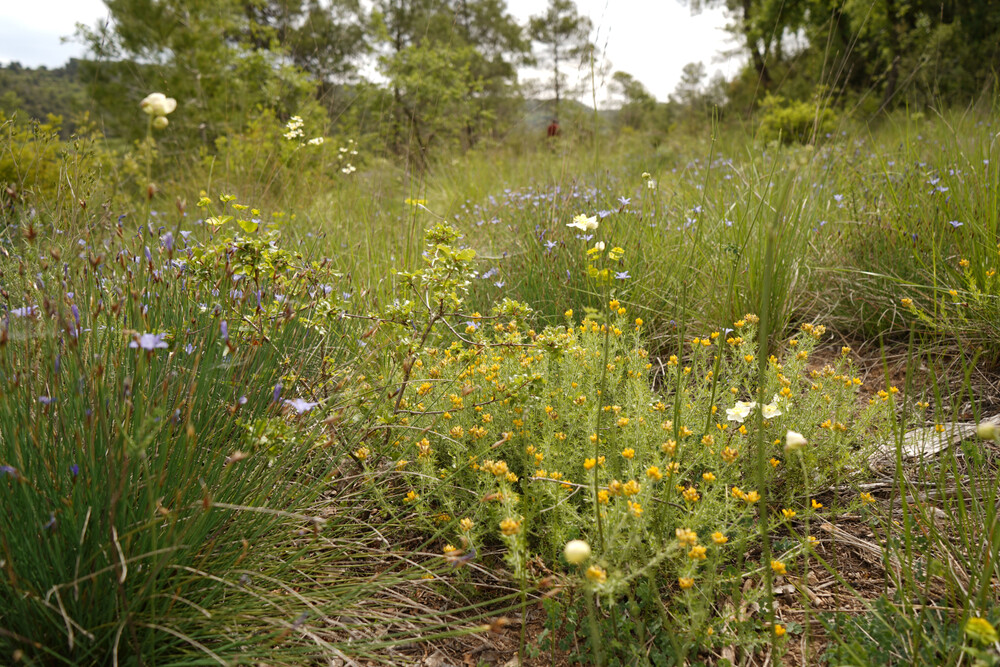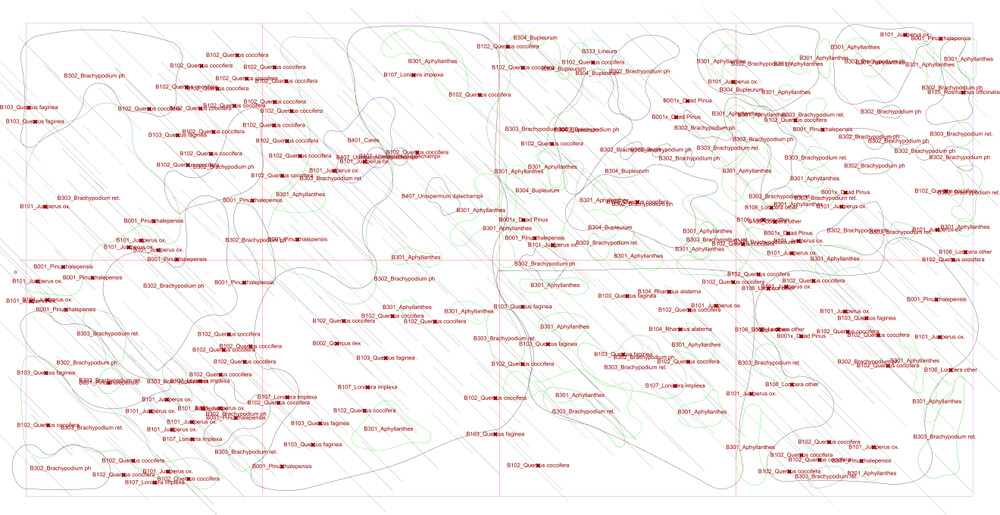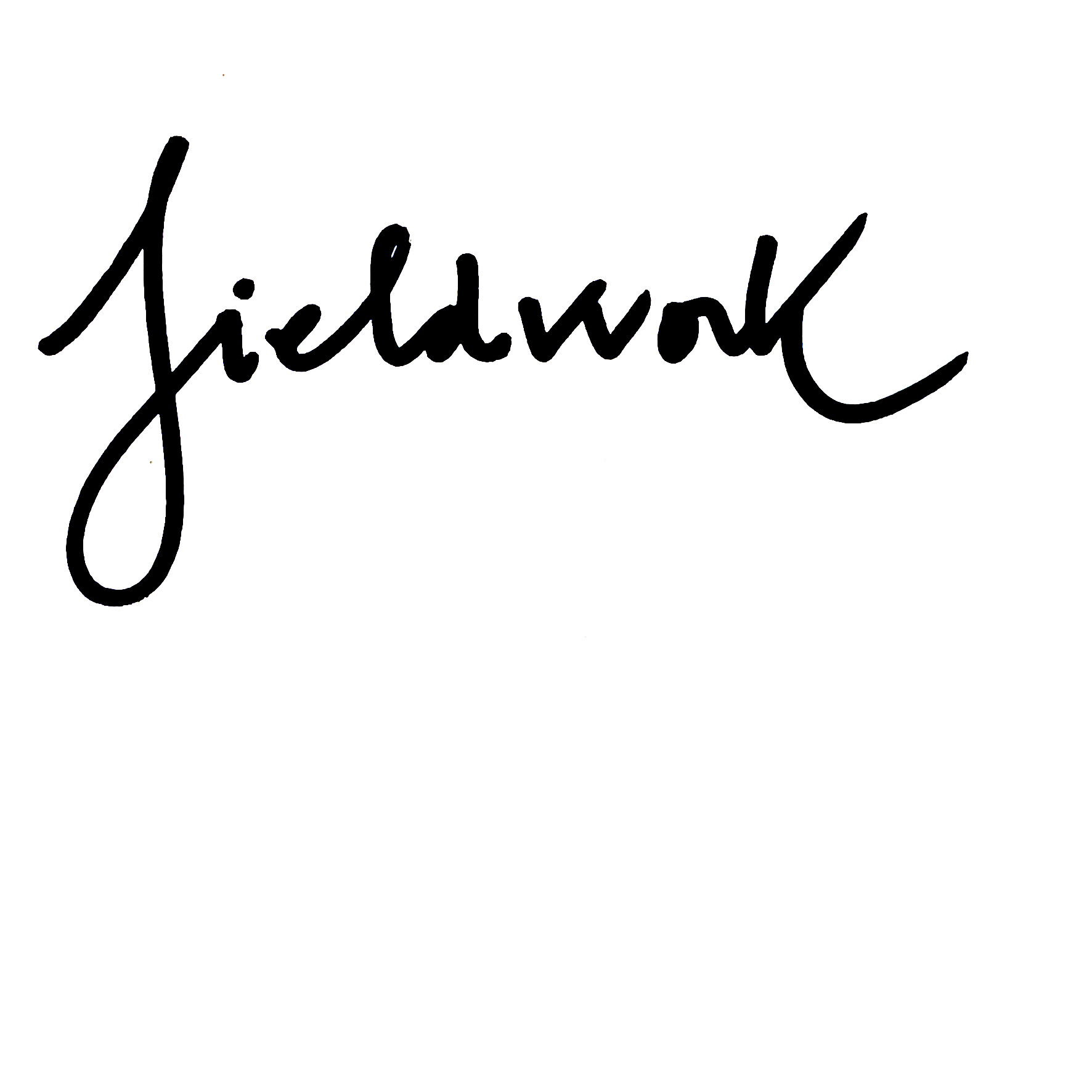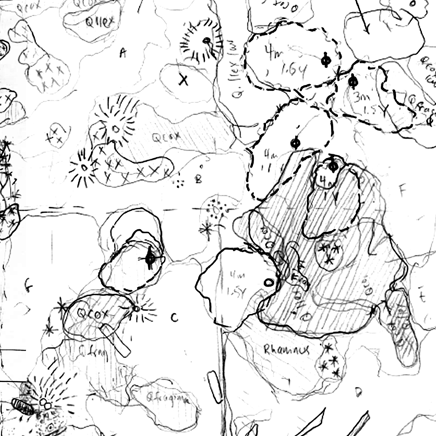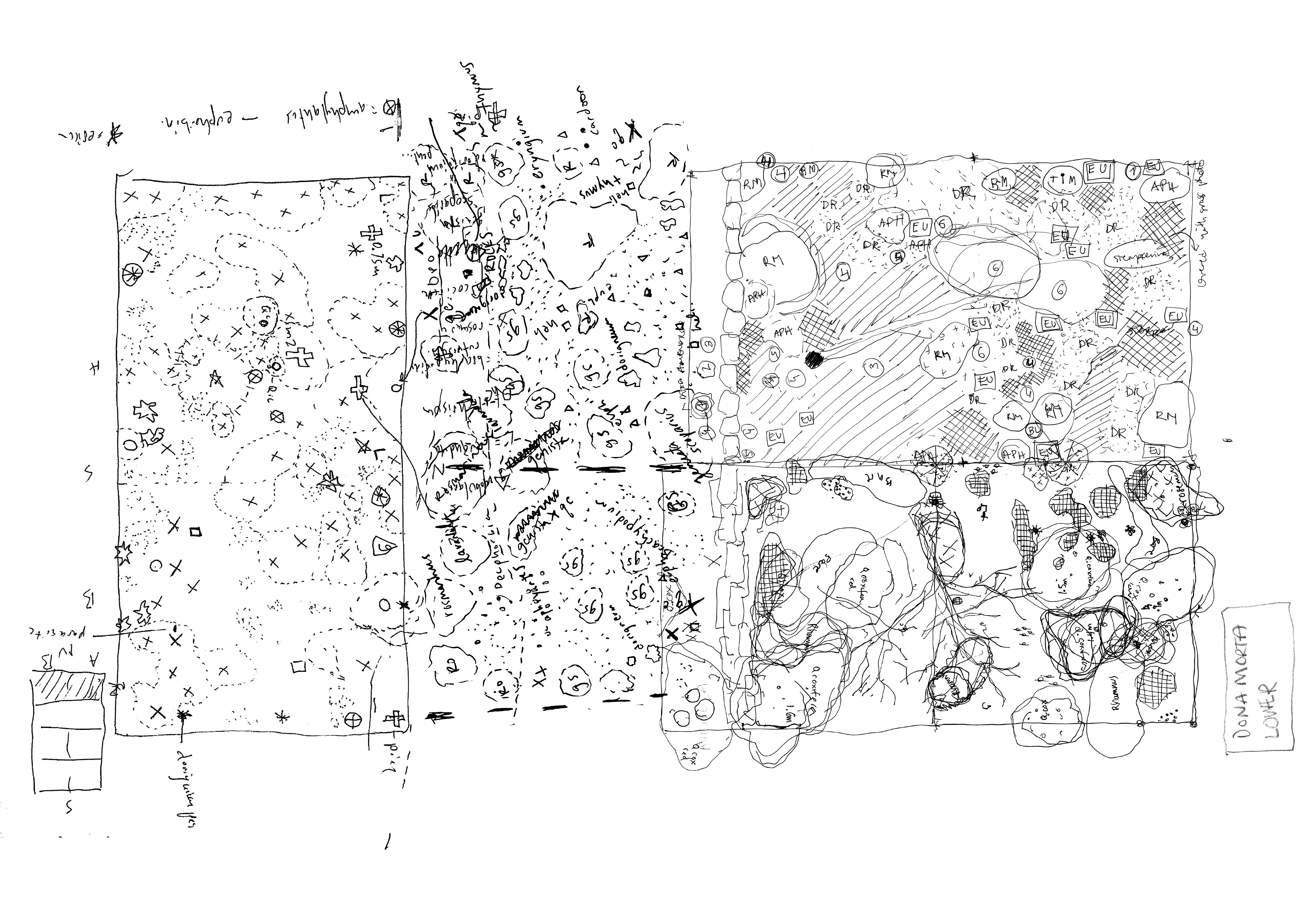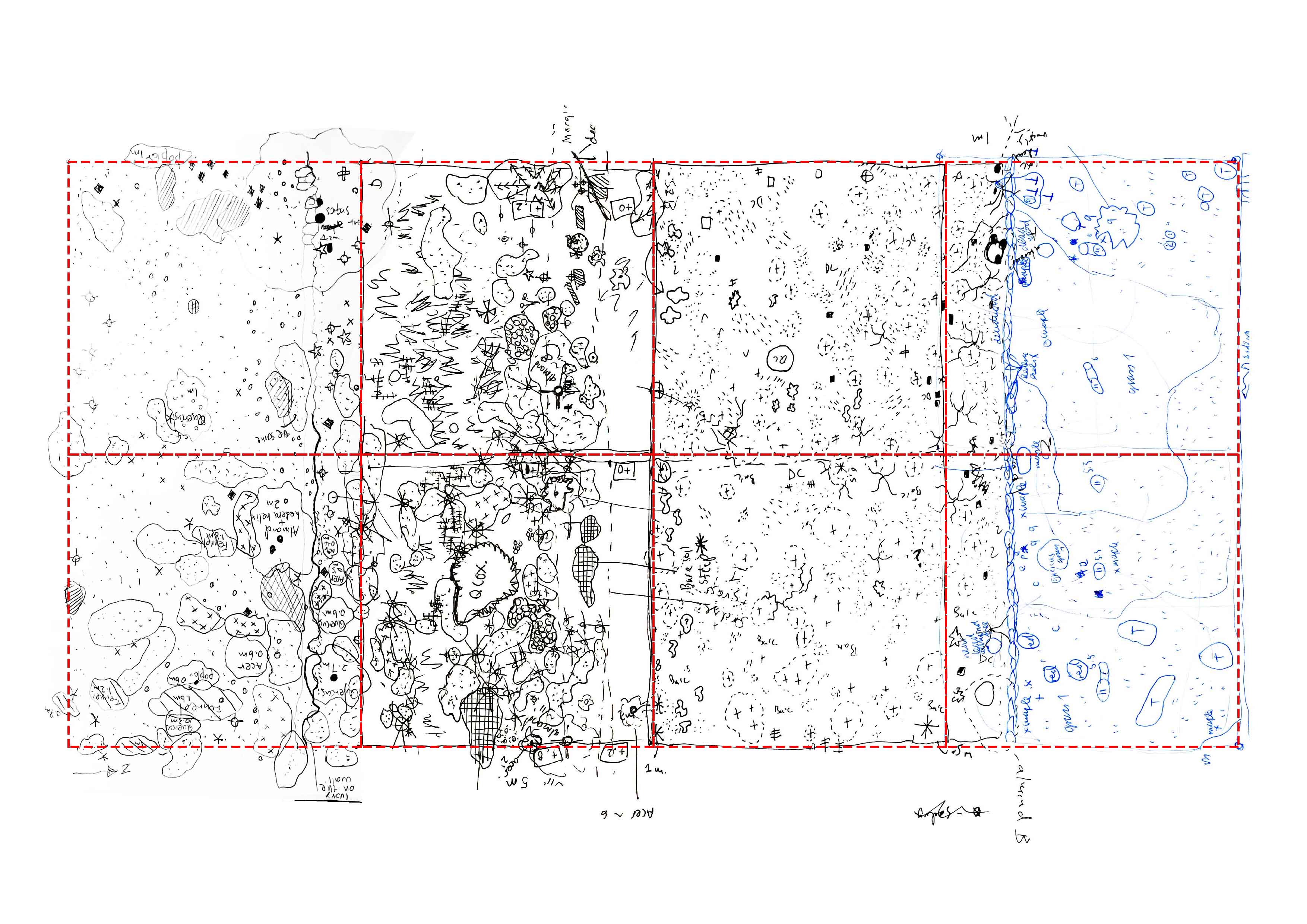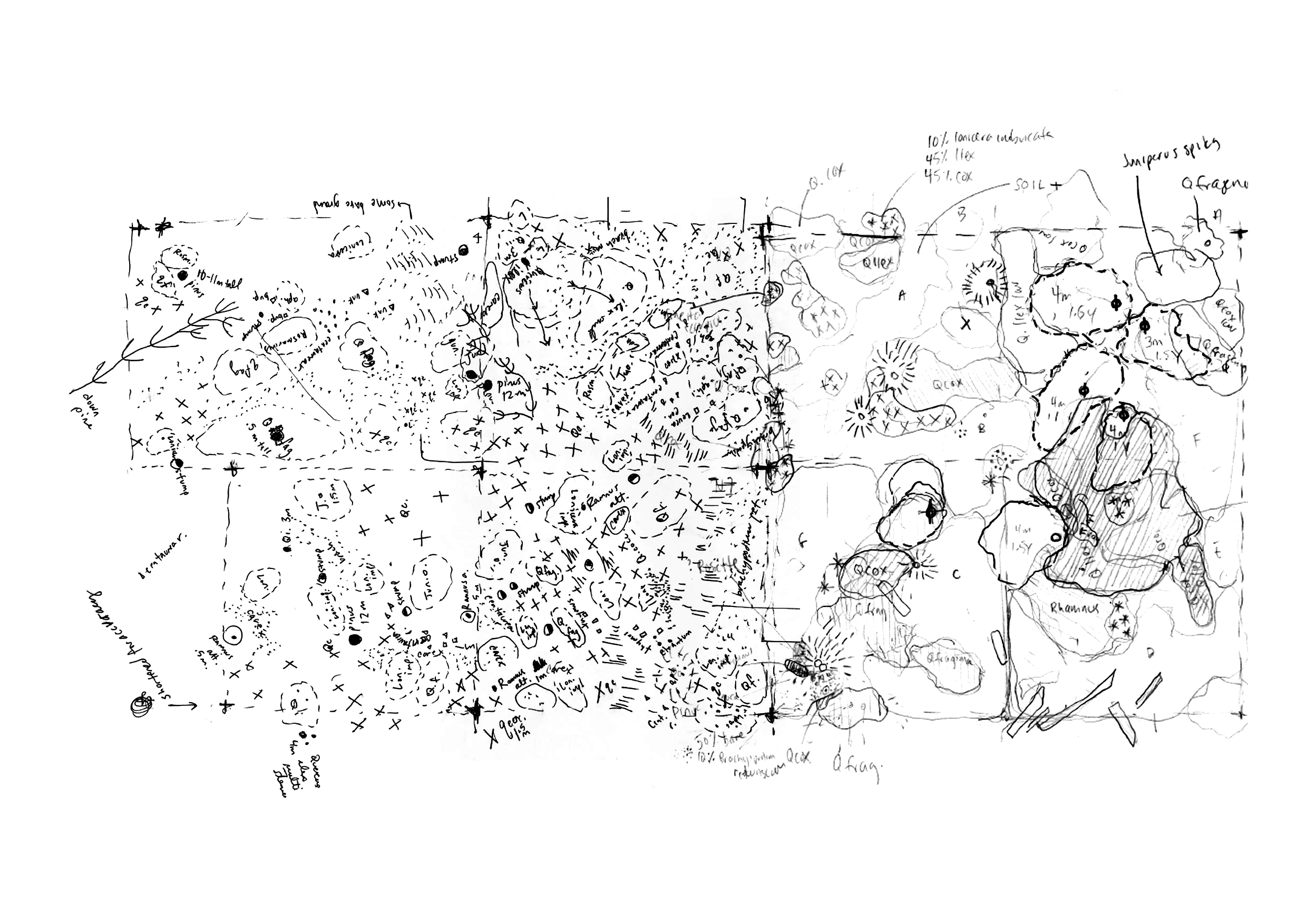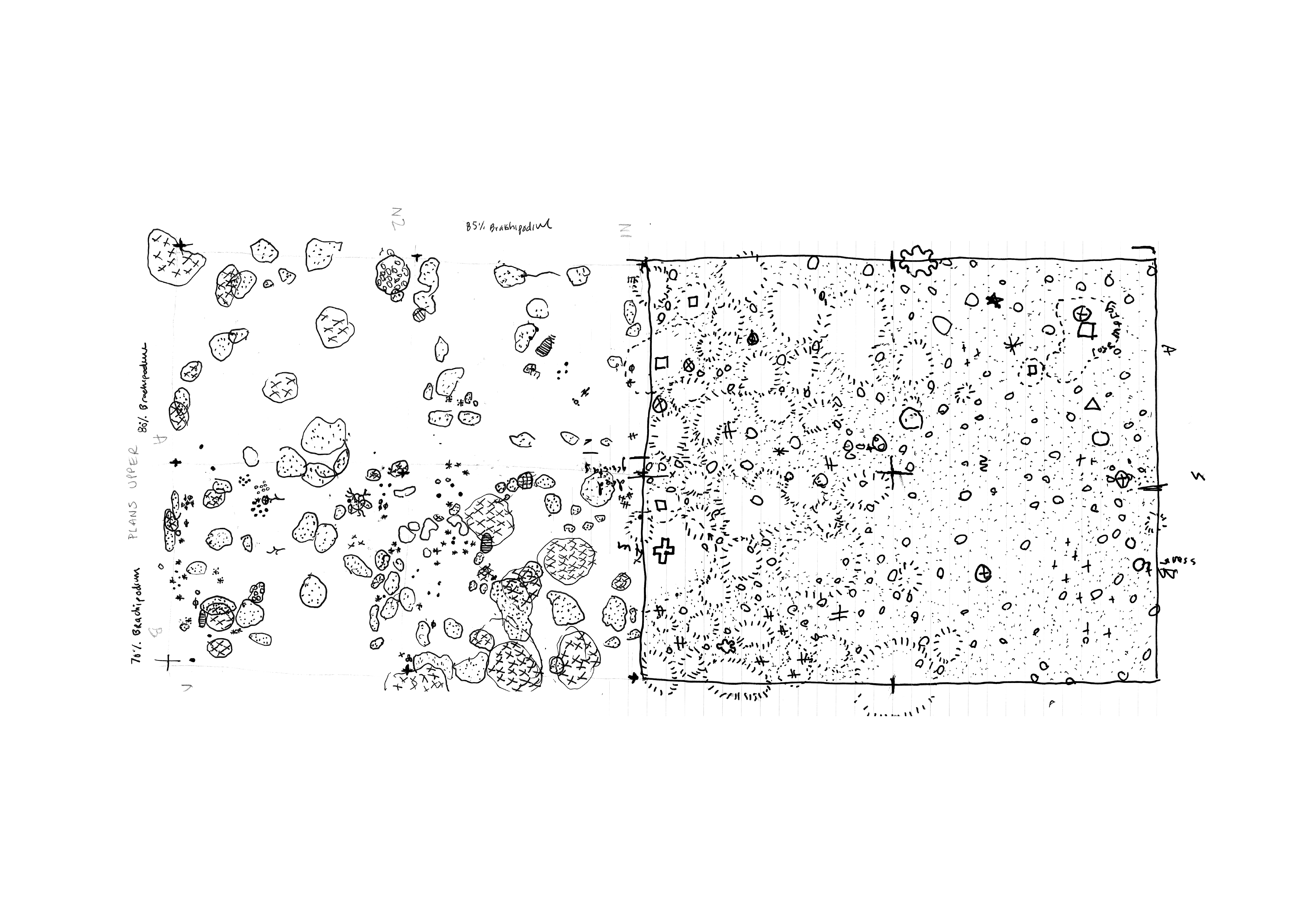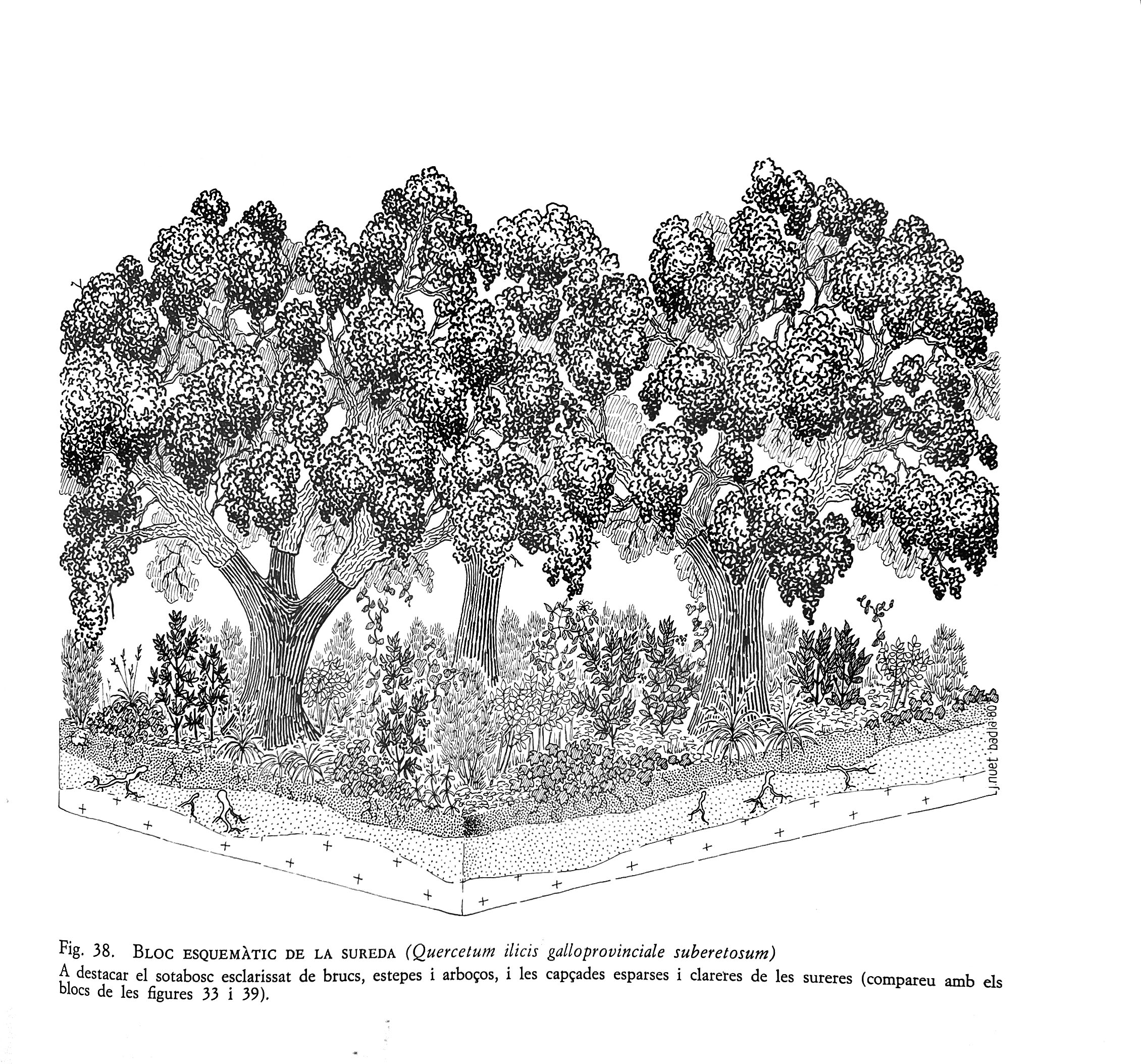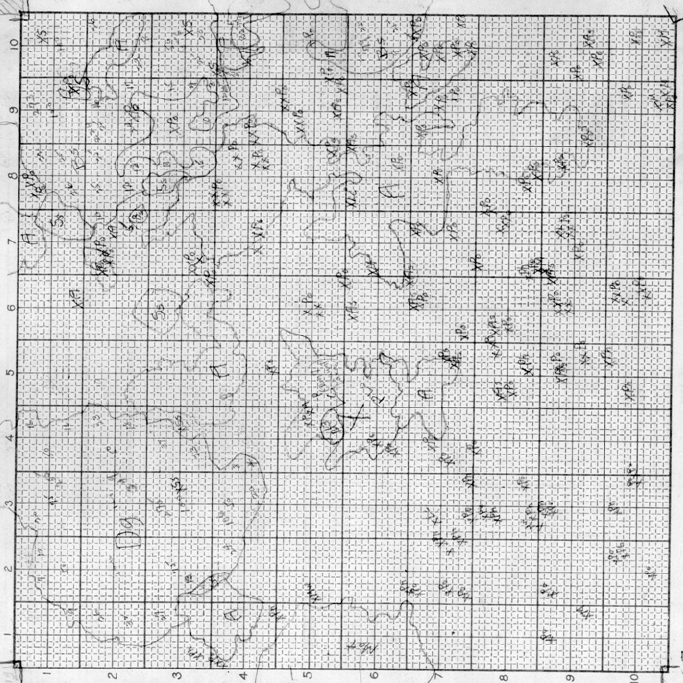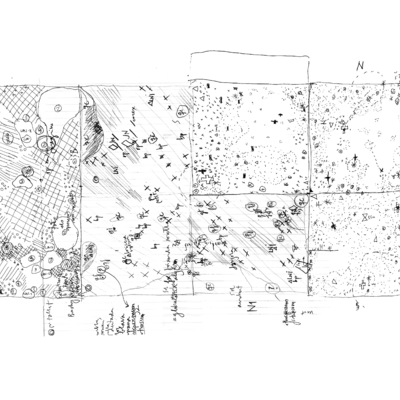
Vegetation Survey: Pla del Mut Baix
The test plot with a size of 10 x 20 meters of Mut Baix is located in western side of the north-facing garden, and straddles two north-facing inclines with an old access road in between. The western half of the Mut Baix is partially forested with Pinus halepensis, with an herbaceous cover of grasses and other herbaceous plants on the slopes and small terraces, divided by the presence of 2 access roads. The eastern half of Mut Baix are formerly agricultural terraces with a high diversity of shrubs and groundcover. Due to its north-facing orientation and position at the juncture of the agricultural valley plain (used for grapevines) and a steep slope, Mut Baix retains a lot of moisture, creating a more verdant and hospitable environment for plants during the drought season.
The test plot is characterized largely by hemicryptophytic plants, including a large population of Brachypodium phoenicoides as well as Brachypodium retusum, the two most common native grasses found in Senan. The test plot also hosts a familiar group of phanerophytes: Pinus halepensis (16) and Quercus faginea (13). Typical of these types of landscape that were previously farmed but now unmanaged, there is also a large population of Quercus coccifera covering the middle of the test plot, adjacent to the former road bed whether the slope begins. Other flowering herbaceous plants characterize the ground plane matrix including (in order of greatest to least occurrence): Aphyllanthes monspeliensis, Bupleurum rigidum, Carex humilis, Urospermum dalechampii, and Linum suffruticosum.

